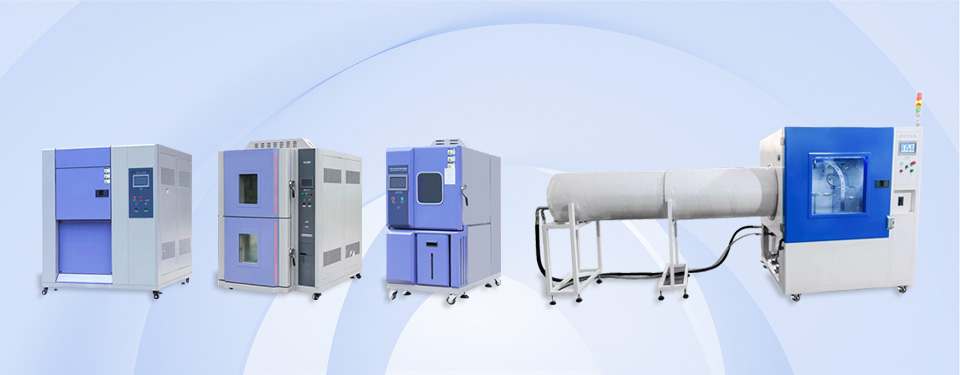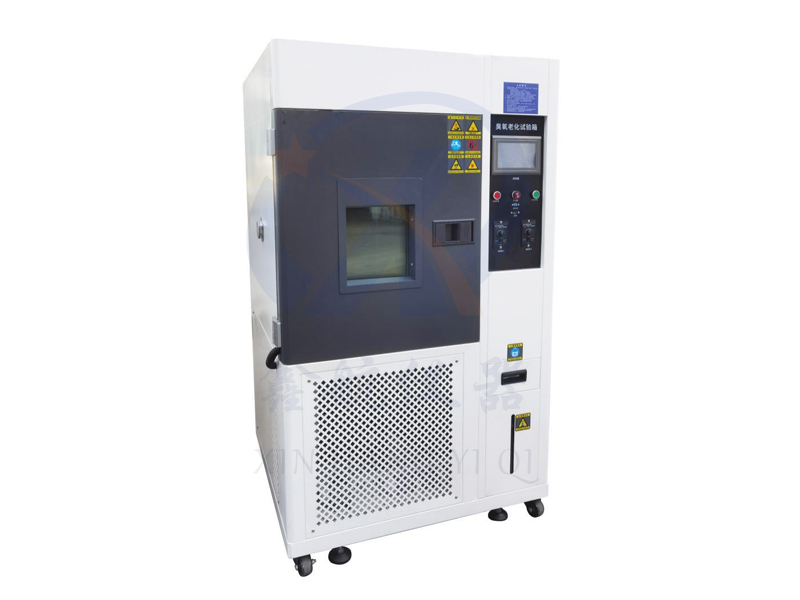|
Product application
|
The ozone aging test chamber generates high concentrations of ozone from an ozone generator and can be used for aging tests of non-metallic materials and organic materials (coatings, rubber, plastics, paints, pigments, etc.) under ozone conditions.
|
|
Product features
|
The ozone aging test chamber is composed of ozone gas generated by a silent and efficient ozone generator, mixed with a certain amount of treated air in a heat exchanger, and sent to the test chamber. The ultraviolet detector continuously detects the ozone concentration online and feeds it back to the ozone generator control system. The control system effectively controls the occurrence of ozone based on the set value, so that the test chamber maintains the set ozone concentration. The heating and humidification system also operates, Meet all test conditions. The key components of this equipment are all imported original parts with international advanced level. The equipment has good operability, maintenance, temperature stability and durability, good safety performance, does not pollute the environment or harm personal health.
|
|
Working principle
|
Expose the vulcanized rubber sample to a closed and non illuminated air with a constant ozone concentration and a constant temperature test chamber under continuous rotation. Test the sample according to the predetermined time, and evaluate the rubber's ability to resist odor and oxygen aging by observing the cracking and other performance changes on the surface of the sample.
|
|
L Meets standards
(Example only)
|
GB/T 7762-2003 Test Method for Ozone Cracking Resistance of Vulcanized Rubber or Thermoplastic Rubber
|
|
ASTM1149 Rubber Ozone Aging Test
|
|
ISO1431 Vulcanized or thermoplastic rubber - Ozone cracking resistance - Part 1: Static and dynamic strain testing
|
|
GB/T 13642 GB/T13642-1992 Vulcanized rubber - Ozone aging resistance test - Dynamic tensile test method
|
|
HG/T2869-1997 Rubber and plastic hoses - Evaluation of ozone resistance under static conditions
|
|
Equipment usage conditions
|
1. Power supply: 220V ± 10%; 50 Hz; Two phase three wire grounding wire
|
|
2. Environmental temperature: 0-35 ℃; External pressure: standard atmospheric pressure
|
|
3. Environmental humidity: ≤ 90% R.H
|
|
4. Environmental conditions: There is no strong vibration, strong electromagnetic interference, high concentration dust and corrosive substances around the equipment site, and no direct sunlight or other heat sources.
|
|
5. Site requirements: The equipment should be placed horizontally in a well ventilated laboratory, with sufficient space left around for operation and maintenance purposes; It is best to have a drainage floor drain near the test box.
|
|
6. Installation size requirements
|
A: ≥ 800m;
B: ≥ 1500mm;
C: ≥ 800m;
D: ≥ 800mm;
E: ≥ 500mm
|
|
|
● Sample limitations
|
This test equipment prohibits:
1. Testing and storage of samples of flammable, explosive, and volatile substances
2. Testing and storage of corrosive substance samples
3. Testing or storage of biological samples
4. Testing and storage of strong electromagnetic emission source samples
|









